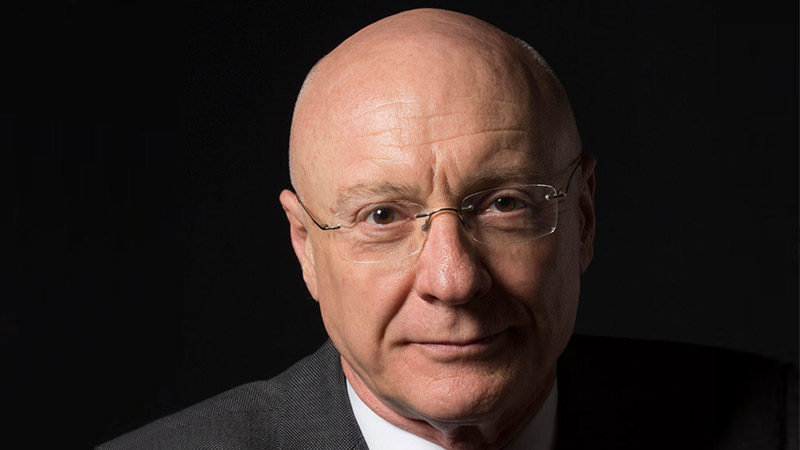SMSFs flagged on transitioning approach for new electronic processes for companies
The new measures to begin the electronic execution of documents can create various opportunities for SMSFs but will require care in the transition process, says one law firm.
The federal government has released exposure draft legislation to support companies and their officers using technology to satisfy Corporations Act 2001 requirements.
The reforms are designed to make permanent the temporary measures put in place during the COVID-19 pandemic relating to electronic execution of company documents and meeting notifications, which many companies found particularly convenient. It allows SMSF corporate trustees to sign and execute electronic documents, as well as split execution of documents, under section 127 of the Corporations Act 2001 (Cth) (Corporations Act) expired.
In a recent legal update, Townsends Business Lawyers principal Peter Townsend said that it will be important to consider the changes for trustees, especially with the transition for legal processes that could play out once the legislation finalises.
He noted that in 2019 in Bendigo and Adelaide Bank Limited & Ors v Kenneth Ross Pickard & Anor [2019], the South Australian Supreme Court held that a loan deed executed “electronically” by the company’s directors was invalid because of the faulty execution.
“A company is able to execute a document without the use of a common seal when it is signed by two directors, or a director and secretary, or the sole director and secretary, pursuant to section 127 of the Corporations Act 2001 (Cth) (the act),” he said.
“Part of the rationale for this finding was that, as section 127 of the act contemplates a document being executed by two officers signing it… there is good reason to consider there must be a single, static document rather than a situation where two electronic signatures are sequentially applied to an electronic document.”
Mr Townsend said the court further reasoned that it was insufficient that two signatures appear on different counterparts or copies of the same document because no one counterpart or copy would be properly executed by the company under section 127(1).
At the start of the pandemic in early 2020, the federal government issued emergency proclamations permitting the electronic signing of documents by company directors on behalf of the company.
“Those proclamations expired and we then went back to the old way of doing things. There was such an outcry in the business community that the government has now moved to reintroduce the changes permanently,” Mr Townsend said.
“The use of technology in meetings is nothing new given that company constitutions have specifically permitted attendance by technology (phone, video etc) for some years.”
One particularly useful reform will be to allow sole directors who are not also specifically appointed as the company secretary to nevertheless electronically execute documents, according to Mr Townsend.
“We regularly advise clients of this technical trap where the sole director has not been specifically appointed as company secretary and it will be much more convenient and productive to bypass this anachronistic ‘trap for young players’,” he noted.
The legislation will also make it clear that companies can hold hybrid meetings (a meeting where some attend in person while others attend via technology) and make it clear that members, as a whole, must be given a reasonable opportunity to participate in meetings whether the meeting is a physical meeting, a hybrid meeting or a virtual meeting.
It will also ensure that using a show of hands is the default method for voting at both physical and hybrid meetings and allow members who hold at least 5 per cent of voting capital to have polls independently scrutinised.
Mr Townsend noted that, previously, the biggest issue with meetings using technology was ensuring that every person “attending” could hear and be heard. That now might become “seen and be seen”.
“Despite the NBN (and sometimes even because of it), online video coverage can be dodgy and care will need to be taken in ensuring that the technology doesn’t undermine the legitimacy of the proceedings,” he explained.
“What happens if the technology drops out at a particular moment? Will the chairman know that one of the attendees has suddenly left the meeting? And what will happen when they come back online or if they can’t come back online for a material time?
“Then there is the issue of voting. Will that be done by a physical ‘hands up’ seen by video or by the use of a virtual ‘hands up’ using a facility of the specific meeting application being used? And who will count the votes and how?”

Tony Zhang
Tony Zhang is a journalist at Accountants Daily, which is the leading source of news, strategy and educational content for professionals working in the accounting sector.
Since joining the Momentum Media team in 2020, Tony has written for a range of its publications including Lawyers Weekly, Adviser Innovation, ifa and SMSF Adviser. He has been full-time on Accountants Daily since September 2021.








